Related Research Articles

Millicent Preston-Stanley was an Australian feminist and politician who served as the first female member of the New South Wales Legislative Assembly. In 1925, she became the second woman to enter government in Australia. She was also among the first women in New South Wales to become Justices of the Peace and served as president of the Women Justices Association from 1923 to 1926. Throughout her life, Preston-Stanley advocated for women's rights, health reform, and temperance.

Sara Cecilia Görvell Fabricius, better known by her pen name Cora Sandel, was a Norwegian writer and painter who lived most of her adult life abroad. Her best-known works are the novels now known as the Alberta Trilogy. In 1961, she was nominated for the Nobel Prize in Literature by the Norwegian philosopher Harald Ofstad.

Ella Cora Hind was a Canadian journalist, agriculturalist, Women's rights activist and suffragist. During the Great Depression, she became famous internationally for her accurate predictions of Canadian prairie crop yields. "Her predictions so regularly proved correct that grain handlers across the world came to rely on them."
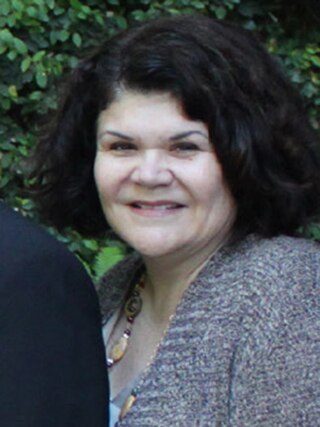
Martha M. Escutia is an American politician and attorney who served as a member of the California State Senate from 1998 until 2006 and California State Assembly from 1992 until 1998.

Muthulakshmi Reddy was an Indian medical practitioner, social reformer and Padma Bhushan award recipient.

Suzanne Bennett (1893–1974) was an Australian-born actress who achieved success on Broadway in the United States in the 1920s. She was born Susannah Catherine Evans in the goldfields town of Walhalla, Victoria to John Evans and Alice Louisa Whitlow. She had four siblings.
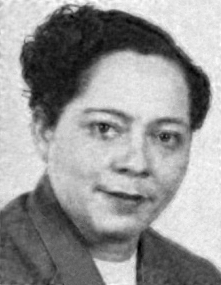
Cora Mae Brown was the first African-American woman elected to a state senate in the United States. She won her seat in the Michigan Senate in 1952. Brown was a Democrat who represented Detroit.
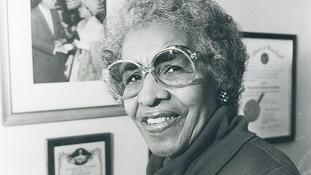
Verda Mae Freeman Welcome was an American teacher, civil rights leader, and Maryland state senator. Welcome was the second black woman to be elected to a state senate in the U.S.. She spent 25 years in the Maryland legislature and worked to pass legislation which enforced stricter employment regulations and discouraged racial discrimination.
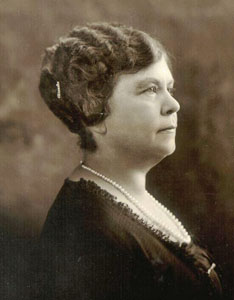
Mary Elliott Flanery was an American progressive era social reformer, suffragist, politician, and journalist who is best remembered as the first woman elected to the Kentucky General Assembly and first woman elected to a state legislature south of the Mason–Dixon line. Flanery was an advocate for equal rights for women, and actively worked to pass legislation that would give women the right to vote.
Mary Eliza Watters Risteau was an American politician who was the first woman elected to both the Maryland House of Delegates and the Maryland State Senate.

Sarah Lee Odend'hal Fain was a Virginia schoolteacher and Democratic politician who became one of the earliest female members of the Virginia General Assembly and later assisted with New Deal reforms in Washington, D.C., North Carolina, Texas and California. In 1923, Fain and fellow schoolteacher Helen Timmons Henderson became the first two women elected to the Virginia House of Delegates.
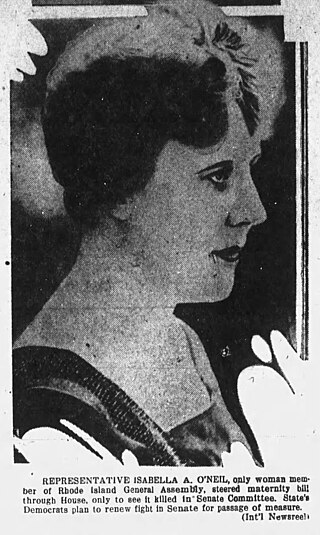
Isabelle Ahearn O'Neill was a stage and screen actor of the silent film era, a suffragist, and the first woman elected to the Rhode Island Legislature. She also served in the state Senate and, under President Franklin Roosevelt, in the Federal Bureau of Narcotics. She was inducted into the Rhode Island Heritage Hall of Fame in 2014.
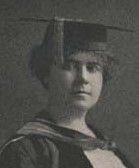
Cora Olive Sutton Castle was an American educator, sociologist, author, and clubwoman based in San Francisco, California.
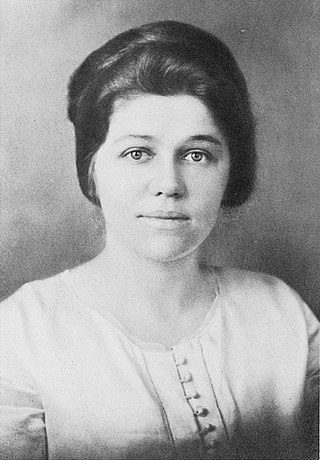
Esto Bates Broughton was an American lawyer, journalist, publicist, and politician, one of the first four women to serve in the California State Assembly when they were elected in 1918. Broughton, who was sworn into office at age 29, was also the youngest woman ever to serve in the California legislature, until her record was broken in 2002.

Margaret Hamilton was a Union nurse during the American Civil War.

Cora Louise Boehringer was an American educator who was the first female superintendent of schools in Yuma County, Arizona. She has been called "the mother of the Arizona educational system". In 2008 she was inducted into the Arizona Women's Hall of Fame.

Cora Reynolds Anderson was an American politician who served in the Michigan House of Representatives as a member of the Republican Party. She was the first woman and Native American elected to the Michigan House of Representatives.

Cora Miranda Baggerly Older was an American writer and historian known for her California-based writing and activism. She often collaborated on social issues with her husband, Fremont Older, and she is now best remembered as a writer and historian of Californian events and people.
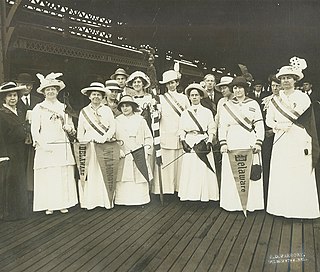
Women's suffrage began in Delaware the late 1860s, with efforts from suffragist, Mary Ann Sorden Stuart, and an 1869 women's rights convention held in Wilmington, Delaware. Stuart, along with prominent national suffragists lobbied the Delaware General Assembly to amend the state constitution in favor of women's suffrage. Several suffrage groups were formed early on, but the Delaware Equal Suffrage Association (DESA) formed in 1896, would become one of the major state suffrage clubs. Suffragists held conventions, continued to lobby the government and grow their movement. In 1913, a chapter of the Congressional Union (CU), which would later be known at the National Woman's Party (NWP), was set up by Mabel Vernon in Delaware. NWP advocated more militant tactics to agitate for women's suffrage. These included picketing and setting watchfires. The Silent Sentinels protested in Washington, D.C., and were arrested for "blocking traffic." Sixteen women from Delaware, including Annie Arniel and Florence Bayard Hilles, were among those who were arrested. During World War I, both African-American and white suffragists in Delaware aided the war effort. During the ratification process for the Nineteenth Amendment, Delaware was in the position to become the final state needed to complete ratification. A huge effort went into persuading the General Assembly to support the amendment. Suffragists and anti-suffragists alike campaigned in Dover, Delaware for their cause. However, Delaware did not ratify the Nineteenth Amendment until March 6, 1923, well after it was already part of the United States Constitution.

Eleanor Miller was a teacher and state legislator in California. A Republican, she was the fifth woman elected to the California legislature. She was elected consecutively from 1922 until 1940. She founded the Eleanor Miller School of Expression which had locations in St. Paul, Minnesota and Los Angeles, California. She wrote the memoir When Memory Calls (1936) about her life, including her travels to Europe and the Near East. The book includes pen drawings by Lewis D. Johnson.
References
- 1 2 3 "Pioneers". Roseville Historical Society.
- ↑ "The Woman's Journal". 1926.
- ↑ Roseville. Arcadia Publishing. 2010. pp. 70, 98. ISBN 978-0-7385-7029-7.
- ↑ "Former Members | California Legislative Women's Caucus". womenscaucus.legislature.ca.gov.